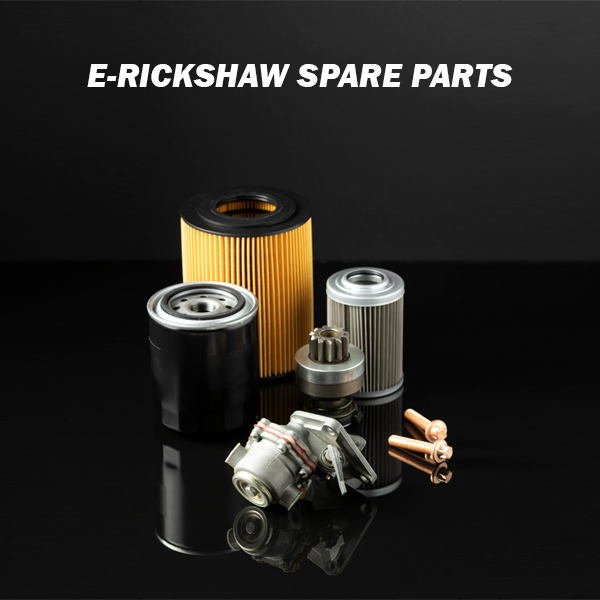The heart of the e-rickshaw gearing, known as a differential, has undergone ongoing modification and testing, like other components on contemporary cars, resulting in a variety of kinds, each with advantages and disadvantages. Even though the vehicle hadn’t been created yet, carts, wagons, and chariots all experienced one wheel slipping or dragging when turning, which increased wear and damaged roads.
A new challenge arose with the introduction of engines that could power the front or rear wheels of a vehicle rather than just dragging them behind a horse: how to allow independent rotation while yet being able to power both wheels.
History of differential for e-rickshaw
The first autos simply powered just one wheel on an independent axle without even trying. They were underpowered and frequently had grip issues on surfaces other than firm, flat ground, thus this was far from ideal.
This eventually resulted in the creation of the Open Differential, which was then followed by the creation of other, more complex varieties to handle more challenging driving situations.
In its simplest form, a differential consists of two axle halves with gears on each end, joined by a third gear that forms the third side of a square. A fourth gear is typically added to this for extra strength, completing the square.

Ease of differential for e-rickshaw
The differential case that houses the basic core gears in this basic device is then expanded by the addition of a ring gear. This ring gear connects to the drive shaft via a pinion to power the wheels. The open-type differential is the most prevalent kind of automotive differential and the base from which more intricate systems are descended. This gearing configuration makes up the differential.
The advantage of this type is mostly focused on helping the axle to corner more efficiently by letting the wheel on the outside of the turn to move at a higher speed than the inside wheel as it covers more ground. The benefit of this type is mostly restricted to the fundamental function of any differential as previously explained. It also has the advantage of having a basic design that is relatively inexpensive to construct.

Because the torque is distributed equally across the two wheels, this kind has the drawback that the power that can be transmitted via the wheels is constrained by the wheel with the least degree of traction. once the combined traction limit of both wheels is reached.
The differential for e-rickshaw is one of the main components under the E-rickshaw segment. People nowadays focus on the E-vehicle and transform the aim to the electric segment, which changes the environment and also saves the capital of the people. In the long run, 100 percent of consumer needs to change to the electric segment. It Will better to start the E-Rickshaw spare parts business in India



